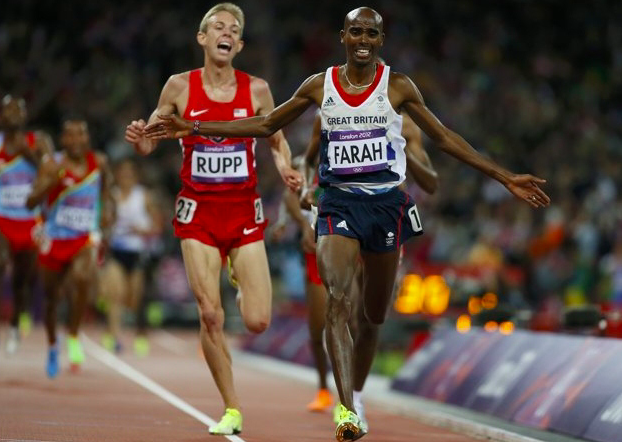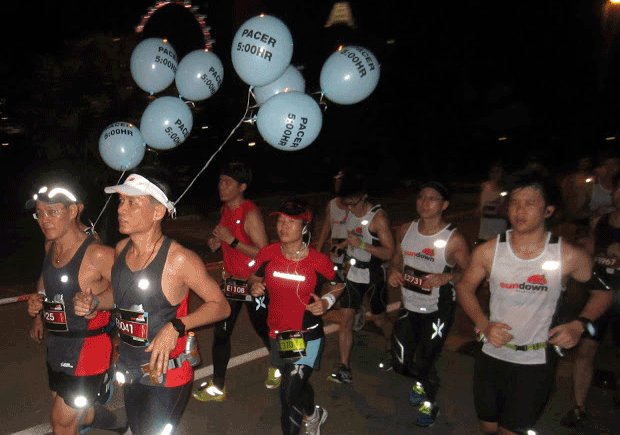Running a personal best is a delicate thing – all things must come together in the right manner.
Look at Kipchoge’s attempt at the world record in Berlin! With his Monza performance, his coach Patrick Sang was confident he was at his peak. But, weather conditions proved too tough for a world record attempt. By the 15km mark, everyone knew Berlin 2017 was not the day a new world record would be set. Pacing is a very important component to setting a personal best – and one you can control.
Make sure all the controllable factors are under your control to maximise your chances of a personal best. Here are 3 different pacing strategies and when to use them!
#1 Even Splits
Running even splits mean, running at the same pace for the entire course of the race. If you’re planning to run a 3 hour 30 minutes marathons, this means running at a 5 minute pace for every kilometre of the race. This is a conservative pacing strategy and very suitable races of greater distances. Long distance races is really a game of patience. If you go out too fast, you will pay the price for it in the second half. So, it’s better to start off conservative.
#2 All Out And Hang On
 Photo Credits: Strength Running
Photo Credits: Strength Running
For the more adventurous and risky, you can go all out, and try to hang on to this suicidal pace for dear life. Start faster than your goal pace, and see what you are capable of doing. It can get paid off in the form of a huge personal best. Of course, you risk failing miserably. This strategy should only be used when you think you’re in good shape and think a personal best is likely. This strategy is recommended for shorter races such as the 10km and under.
#3 Negative Splits

For most runners, negative splits are the best way to attempt a personal best. This method is where you run a faster second half as compared to the first half. For example, you would run the last kilometre of your 5km race as your fastest split. This strategy is employed best fro the 5km distance up to the half marathon distance. You start off conservatively, and progressively get faster as each kilometre passes. You conserve your energy and kick later on when you are feeling good.
But whatever the strategy you employ, trust in your training. Remember to always trust the process and enjoy the race! Don’t put too much pressure on yourself!


